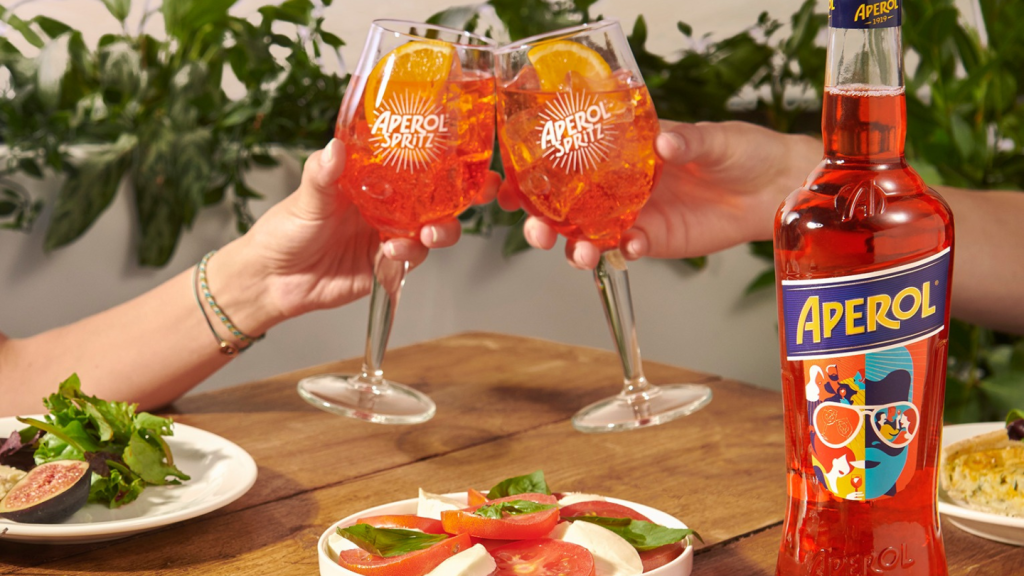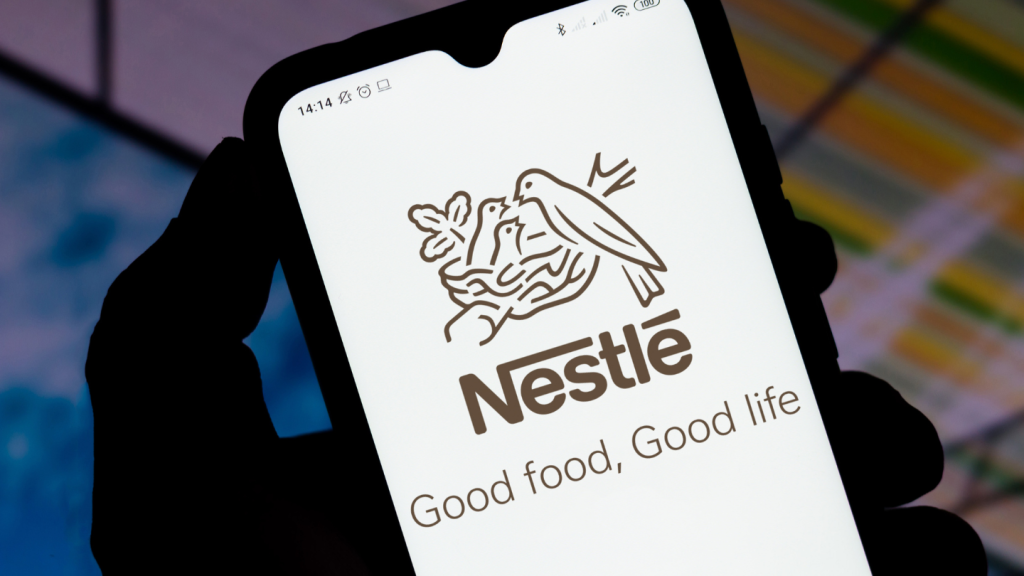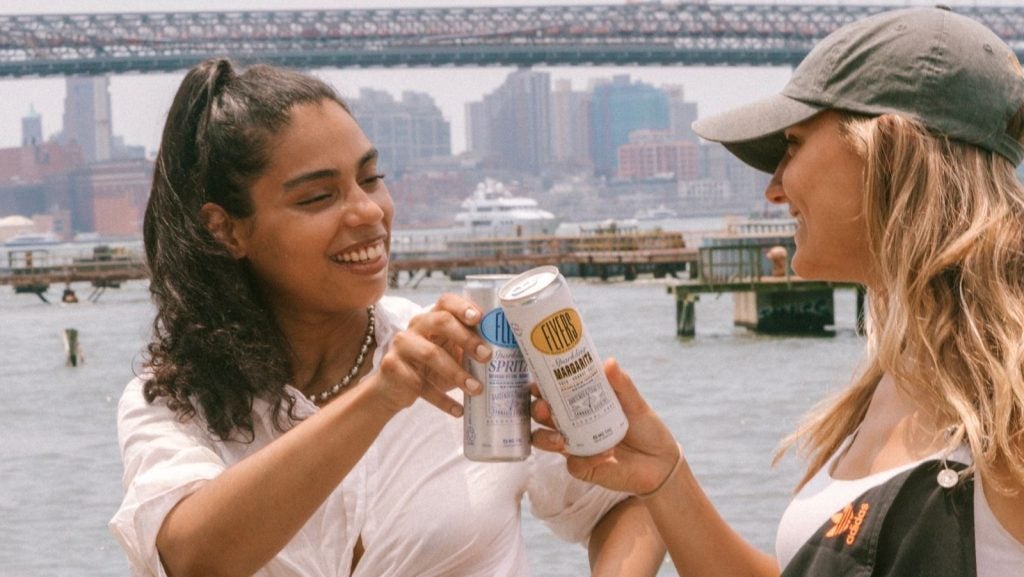Aging consumers are responsible for a significant consumption proportion. However, marketers often get their message wrong by targeting stereotypes of the older generation, such as being overly fragile and worried about their health. In reality, targeting this age group is not radically different to targeting other adults.
In the years to come, the 55+ age group will only grow, and it is important that marketers and manufacturers understand their motivations, in order to successfully cater to them.
The older generation represents a significant and affluent proportion of consumers
Demographic factors, such as slowing birth rates and growing life expectancy, especially in developed economies, will lead to a growing proportion of consumers classified as senior citizens. In developed economies, such as the UK and US, the proportion of 55+ consumers is already over a quarter, at 28.7% and 26.1%, respectively. By 2018 this proportion is expected to increase to 30.4% and 28.2%, respectively.
The aging population is a growing consumer group with significant purchasing power. Globally, they are responsible for 21.7% of soft drinks consumption by volume. As the aging population grows, so will their consumption, and it is important that manufacturers understand this audience.
How well do you really know your competitors?
Access the most comprehensive Company Profiles on the market, powered by GlobalData. Save hours of research. Gain competitive edge.

Thank you!
Your download email will arrive shortly
Not ready to buy yet? Download a free sample
We are confident about the unique quality of our Company Profiles. However, we want you to make the most beneficial decision for your business, so we offer a free sample that you can download by submitting the below form
By GlobalDataSee Also:
Older consumers are motivated by value-for-money and indulgence
Just because consumers reach a certain age, it doesn’t mean that their perception of themselves changes. They feel good and energetic, and do not want to be judged purely on how old they are.
Manufacturers often target this group with health-based products. However, health is far from a priority for those aged 55 and over. Indeed, among those aged 55+, only 5.7% of consumption by volume is influenced by the need for health, as opposed to 12.7% by the desire for better value for money, or 9.8% by better taste. The savvy older generation’s search for better value does not necessarily mean they always seek lower price points, rather, they want prices to be justified, such as by better taste or convenient packaging.
In fact, older generation’s priorities are not that different from younger age groups, such as mid-lifers (45-54) and pre-mid-lifers (35-44). All adult groups prioritise needs such as the desire for value for money, convenience, or relaxation and recuperation that can be derived during product consumption.
Leading consumption motivators by age group
| Older Young Aduts | Pre-Mid-Lifers | Mid-Lifers | Older Consumers |
|---|---|---|---|
| Better Value for Money | Better Value for Money | Better Value for Money | Better Value for Money |
| Personal Space & Time | Personal Space & Time | Personal Space & Time | Personal Space & Time |
| Busy Lives | Busy Lives | Busy Lives | Changing Age Structures |
| Changing Age Structures | Changing Age Structures | Changing Age Structures | Individualism |
| Changing Lifestages | Indulgence | Individualism | Indulgence |
When products do aim at the older generation, they need to be inclusive
The older generation associates their age with wisdom, good taste and experience, rather than illness that needs a cure. Therefore, products that are marketed as an anti-aging relief will not resonate with them. They don’t want to feel excluded in a “fragile” group that needs special treatment, as they don’t feel as such.
As consumers continue to age, however, they will gradually experience age-aligned changes that will impact their behaviour. For example, aging is often accompanied by worsening eyesight, which means that consumers are more likely to opt for products that have easily readable labels and clearly convey their benefits. Loss of strength and dexterity in wrists means complex opening mechanisms or tight screw tops can present an issue, leading older consumers to look for more convenient packaging such as the new easy-open cap from bottled water brand Wattwiller.
However, these products should not be exclusively aimed at the older generation, but at everyone who does not want to spend a long time deciphering labels or opening products. Similarly, beverages that target conditions that are more common among the older generation, such as osteoporosis, should be aimed at all adult health-conscious consumers. This way the products are inclusive, and do no single out any specific age group.
As consumers age, they are also likely to feel fatigue more often than their younger counterparts. This means this generation will especially responsive to “in-speriences” when they want to enjoy going out experiences in the comforts of their homes. Food and beverage manufacturers have an opportunity to respond to this need by offering consumers quality experiences such as premium taste at home.







